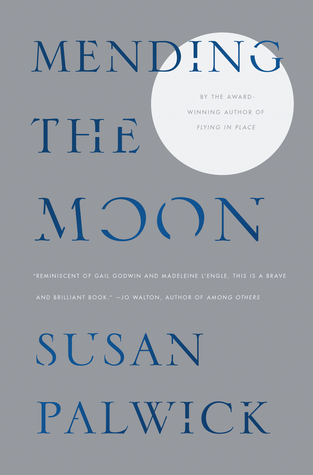Point of View and Imaginative Empathy
Last Friday I went to a writing workshop by award winning author Susan Palwick, whose new book Mending the Moon was just released.
Susan Palwick gave a workshop on point of view. We commonly think about point of view as 1st, 2nd, or 3rd–who is telling the story? A great analogy for this is camera angle, which was a major focus of a great book on point of view, Orson Scott Card’s Characters and Viewpoint.
After Palwick’s workshop I realized that while that approach is useful, it’s just one small way that authors can use point of view in writing. For example, Palwick talked about “cultural point of view,” the way in which one’s culture, family, and group identifications are going to impact how he/she perceives a certain situation.
Point of view, suddenly, becomes not just a choice on whether we want to be in a character’s head or not. Choosing a point of view, choosing what our characters and our readers see and experience, is suddenly a social responsibility.
During the workshop, Palwick stated that “the job of fiction is to create imaginative empathy.” As a reader, when I engage with a point of view, I have a possibility of recognizing their joys and sorrows, then understanding them, and finally, through living with them, empathizing them. The imagination becomes a powerful tool then in creating or tearing down prejudices, displaying and perhaps advocating different lifestyles, and allowing us to reconsider our own places in the world.


Leave a Reply
Want to join the discussion?Feel free to contribute!